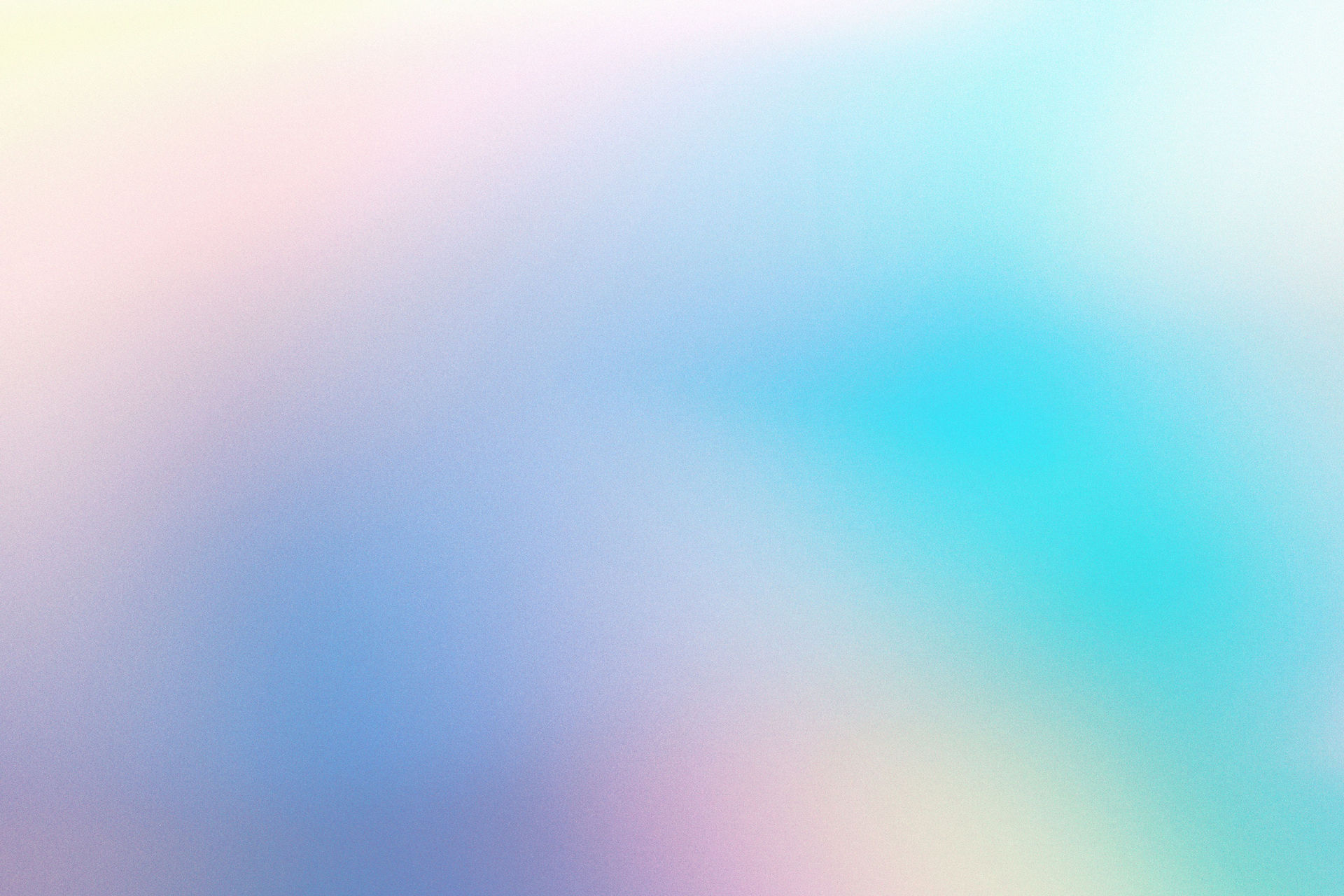
Color
Color is how light is reflected off objects.
A video about color

Color has 3 main characteristics:
1. Hue: The specific name of a color.

This is a Color Wheel

2. Intensity: How bright or dull a color is.

A HUE + Gray = A Less Intense HUE
3. Value: How light or dark a color is. Value is also an element of art.

ADD WHITE OR BLACK TO A HUE
TO CHANGE THE VALUE
Color Families
Primary: Red, Yellow, Blue
Primary colors are the three basic colors. All other colors are made by mixing primary colors.

Tertiary: Red-Orange, Yellow-Orange, Red-Violet, Blue-Violet, Blue-Green, Yellow-Green
Tertiary colors are made by mixing a secondary color with a primary color.
Tertiary colors have other names too:
Amber
Vermillion
Magenta
Turquoise
Teal

Warm Colors: Red, Orange, Yellow


Analogous: Analogous colors are neighbors on the color wheel.


Secondary: Orange, Green, Violet
Secondary colors are made by mixing primary colors.
Red + Yellow = Orange
Yellow + Blue = Green
Red + Blue = Violet (or Purple)

Complementary Colors:
Complementary colors are opposites on the color wheel.
When placed next to each other, complementary colors make each other stand out. This is also called "contrast."
Red & Green
Yellow & Violet
Blue & Orange

Cool Colors: Blue, Green, Violet


Monochromatic: Monochromatic colors are all of the colors of a single hue. A monochromatic color scheme uses different values of a hue.
"Mono" = one & "Chrome" = color

Color & Emotion
Artists use color to convey different emotions in their artwork. Color can also evoke different emotions from the viewer of an artwork.
It is important to note that the same color can represent different emotions.
For example: Red can represent both anger and love.

Artists Using Color

Jacob Lawrence, Workshop (Builders #1), 1972
Retrieved from https://artclasscurator.com/elements-of-art-examples/#color

André Derain, Charing Cross Bridge, 1906
Retrieved from https://artclasscurator.com/elements-of-art-examples/#color
